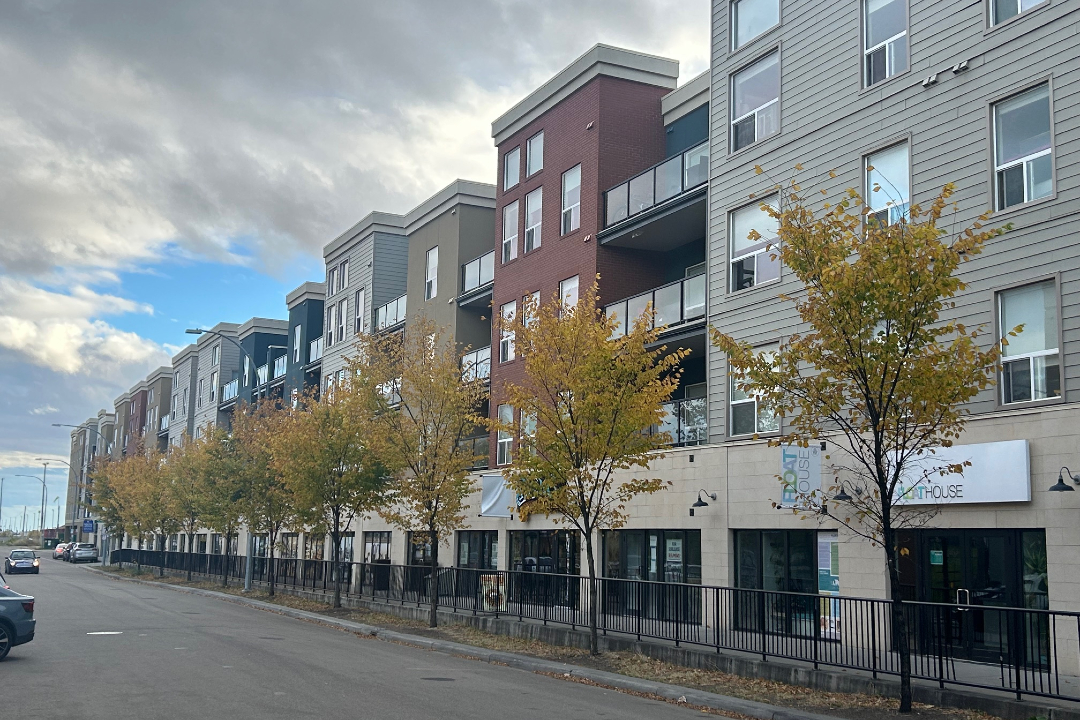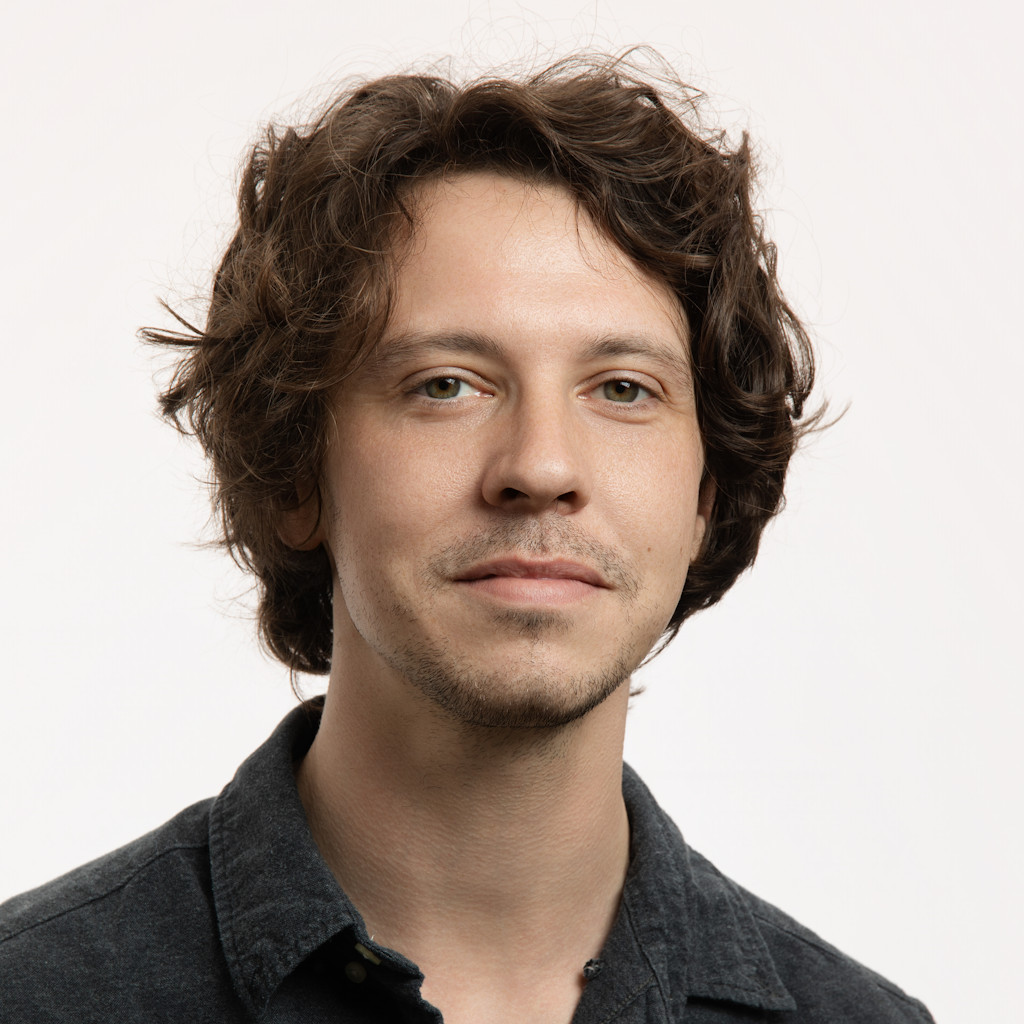
Tree expert sees ways to avoid nightmare on elm-lined streets
An urban tree advocate said the city should boost the space between elm trees, increase biodiversity, and consider not planting the tree in the future to reduce the inevitable effects of Dutch elm disease on Edmonton's urban forest.
"This might be a controversial statement, but I think that the city should stop planting elm," Dustin Bajer told Taproot.
Bajer recently co-created an urban canopy conference in Edmonton, runs the Shrubscriber community for people interested in growing, and played a central role in the city's urban farm.
"I love elm, but I think in order to protect the ones that we have, we should stop adding elm to our inventory," he said. "I really think that every elm we put in is a liability."
In August, City of Edmonton officials detected Dutch elm, a fungal disease spread by beetles that can kill the popular tree. As of Oct. 1, the city has found and removed four infected elms, Mark Beare, the director of infrastructure operations, told Taproot in an email.
Bajer said we'll never know how Dutch elm got to Edmonton, though he said a beetle may have "hitched a ride" on a train. Regardless, he said the disease's appearance in Edmonton was "inevitable," thanks to its steady spread westward across North America since it was first detected in Ohio in 1930.
Bajer said the city has already stopped planting ash trees in response to tree disease, as the trees are vulnerable to the emerald ash borer beetle. But he suggested that a similar decision with elm would be harder because it's well-suited to city life.
"I would go so far as to say that Edmonton is addicted to elm," he said. "It's a beautiful tree, and it is very tolerant of urban environments. It does well with salt; it does well with pollution. It has this sort of vase shape to it, which means that you don't have these low-down branches that are impeding any of the buildings or structures below it. And they kind of touch at the top of the canopies."
Beare said the city has already reduced elm's presence in its replacement planting programs, aiming for just 15% of required tree replacements to be elm. He added that elm is now only planted in harsh growing environments like boulevards. Taproot asked if the city has considered putting an end to planting elm. Beare did not respond.
The city wants to add two million new trees in addition to replacements for removed trees by 2030. Short of a moratorium on elm to prevent it being part of those numbers, Bajer suggested other ways to slow the spread of Dutch elm or at least preserve the city's overall canopy. One is to plant a greater diversity of trees.
Bajer said he's pleased to observe the city planting oaks, honey locusts, and lindens, and said it appears it is "playing around" with the Kentucky coffeetree. Bajer suggests experimenting with other kinds of trees that are not traditionally used as boulevard trees in Edmonton, such as conifers. The trees provide shade in summer but allow sunlight to pass when their needles drop in the winter, he said.
"I think we have more options than we think we do," Bajer said. "There's a lot of stuff we haven't tried here."
Beare said the city plants "a wide variety of different tree varieties and species with an emphasis on species native to the region," but did not specify which ones.






